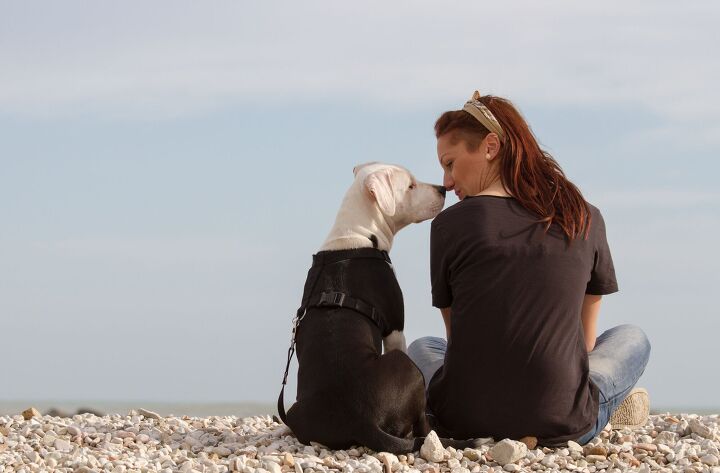Researchers Find Genetic Links Between Human and Canine Brain Tumors

In a groundbreaking study, researchers have discovered striking similarities between the most common type of brain tumor in dogs and humans - meningioma. These findings were published in the scientific journal Acta Neuropathologica.
Until now, scientists struggled to find reliable experimental models to understand the biology of and develop effective treatments for these tumors. But thanks to these newly discovered similarities, doctors will be able to use a classification system that identifies these aggressive tumors in humans and pooches.
“The discovery that naturally occurring canine tumors closely resemble their human counterparts opens numerous avenues of exploring the biology of these challenging tumors,” said Dr. Akash Patel, an associate professor of neurosurgery at Baylor College of Medicine and principal investigator at the Jan and Dan Duncan Neurological Research Institute (Duncan NRI) at Texas Children’s Hospital.
“It also provides opportunities for developing and studying novel treatments applicable to both humans and dogs,” he added.
During the study, researchers analyzed 62 dog meningiomas from 27 breeds and found that the tumors were remarkably similar to the same kinds of tumors in humans. To this date, this is the largest study of the gene expression profiles of the canine meningioma.
Others, including Dr. Jonathan Levine, a VMBS professor and the head of the Department of Small Animal Clinical Sciences (VSCS), and Dr. Tiemo Klisch, assistant professor at Baylor College of Medicine and Principal Investigator at Duncan NRI, were involved in the study along Dr. Patel. Meanwhile, assistant professor Dr. Beth Boudreau was a key collaborator.
Previous work done by Levine, Boudreau, and others at VMBS, which found similarities between gliomas - the second most common type of brain tumors - in humans and dogs, was instrumental for Patel’s study.
“We ended up agreeing to provide Patel with canine tumor samples we had worked years and years to achieve, to see if he could isolate the RNA, which is not always easy to do,” said Levine, in a statement. “He was able to produce this very robust data set that showed a similar pattern structure to human tumors. Our team also provided Dr. Patel with key clinical outcome data, including responses to certain treatments.”
Now that the researchers have found a link between brain tumors in humans and dogs they hope to establish clinical trials to continue their research. Setting up this type of clinical trial can take several years of planning and requires funding.
“We are really interested in creating wins for both human and animal medicine,” said Levine. “For example, we hope to give dog owners access to therapy that’s not available anywhere else in the world through clinical trials. At the same time, that information will also inform the next step of human trials.”
As it happens, another group of researchers from the University of California, Davis, conducted a similar study with matching results about meningioma in humans and dogs. This study was also published in the scientific journal Acta Neuropathologica.
Now, the two research groups plan to collaborate in the future and share their findings to develop treatment options for both human and canine brain tumors.
“If we do one trial, we’d be able to enroll patients a lot more quickly, which would make it easier to get larger data sets resulting in stronger findings. So we have a lot of interest in doing a collaborative trial,” added Levine. “We really see the team out in California as potential partners.”
Thanks to this groundbreaking research, scientists now have a better understanding of brain tumors and are one step closer to developing life-saving treatments for both humans and dogs.
Join the PetGuide community. Get the latest pet news and product recommendations by subscribing to our newsletter here.

Nevena is a freelance writer and a proud mom of Teo, a 17-year-old poodle, and Bob, a rescued grey tabby cat. Since childhood, she had a habit of picking up strays and bringing them home (luckily, her parents didn't know how to say NO). When she's not writing for her fellow pet parents, Nevena can be found watching Teo sleep. To her defense, that's not as creepy as it sounds!
More by Nevena Nacic























